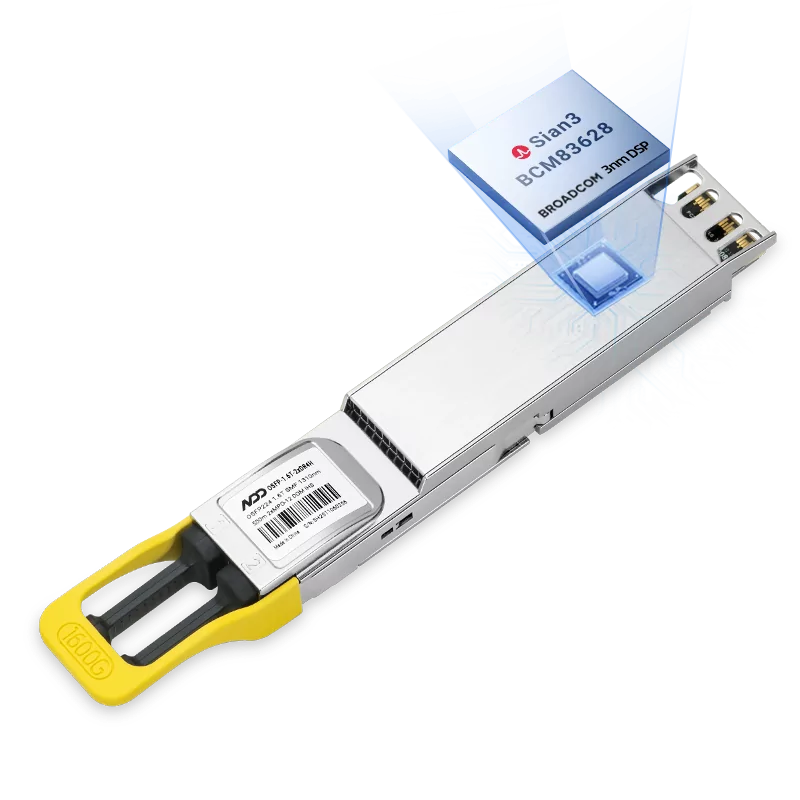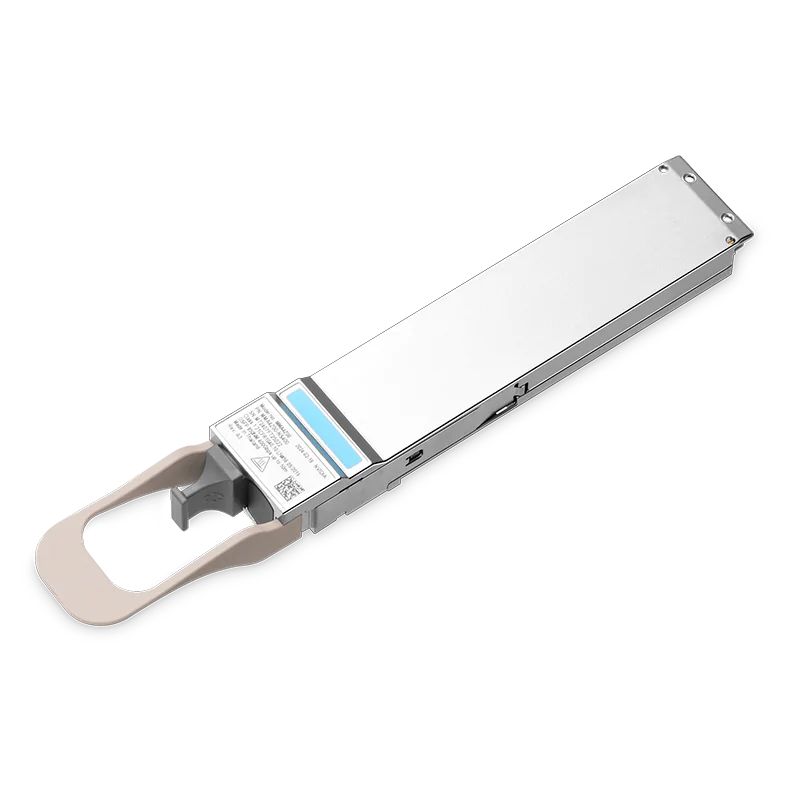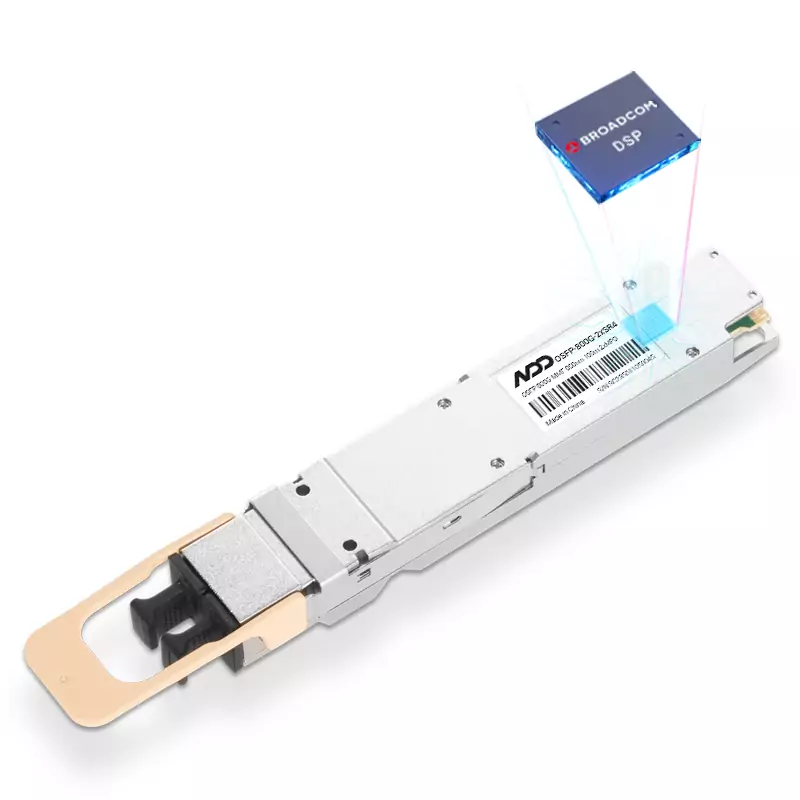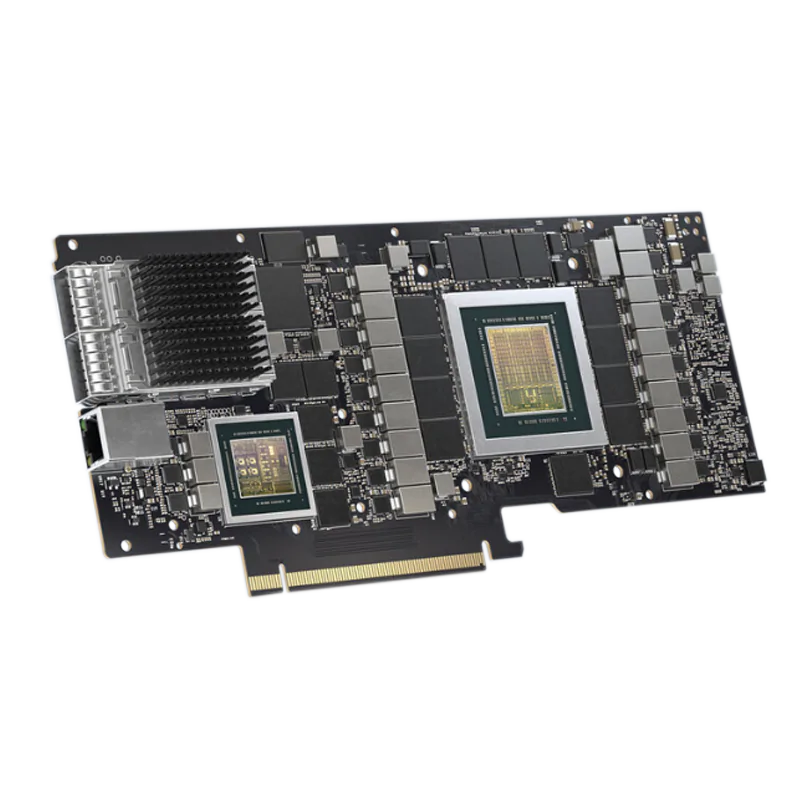Find the best fit for your network needs

share:
 800GBASE-2xSR4 OSFP PAM4 850nm 50m MMF Module
800GBASE-2xSR4 OSFP PAM4 850nm 50m MMF ModuleLearn More
Popular
- 1Quick Understanding GPU Server Network Card Configuration in AI Era
- 2Optimizing AI GPU Clusters Network and Scale
- 3Overcoming Data Center’s Three Key Challenges with 800G Optical Transceivers
- 4The Key Role of High-quality Optical Transceivers in AI Networks
- 5Common Problems While Using Optical Transceivers in AI Clusters















































